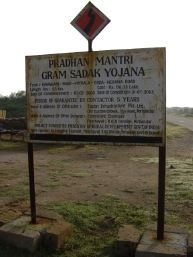|

This publication is based on the lessons learnt from an applied research in 2003 supported by the World Bank through the ProVention consortium and the firsthand experience in post disaster reconstruction in 2001. The risk reduction efforts focus on marginalized settlement in the district of Porbandar, Gujarat, Western India making them less vulnerable. The absence of media attention and a consequential lack of resources led to some innovative approaches towards reconstruction, involving unusual local partnerships between the government, academia and the affected communities. Local knowledge in risk reduction was adapted to rebuild (through self-help groups), resulting in effective rehabilitation. Inspired by discussions with village elders and their desire to share the knowledge, this publication aims to provide an easy to use guide for institutionalising the local innovations and partnerships. The author hopes that this shall be beneficial to the community, its leaders at the village
‘panchayats’ (local self-government) and stakeholders in the development community at large.
|
Reconstruction in the post earthquake scenario should be conceived holistically, but implemented strategically. As the earthquake brings substantial political attention, some positive spin offs may also be attained, like the road linking these affected villages to the highway. It was built, under the prime minister’s rural road program (based on proposals by the local leaders). This has significantly enhanced the quality of life in the villages.

Another
improvement was the introduction of smokeless ‘chulhas’ (earthen
ovens) in homes during rebuilding after the earthquake.
|